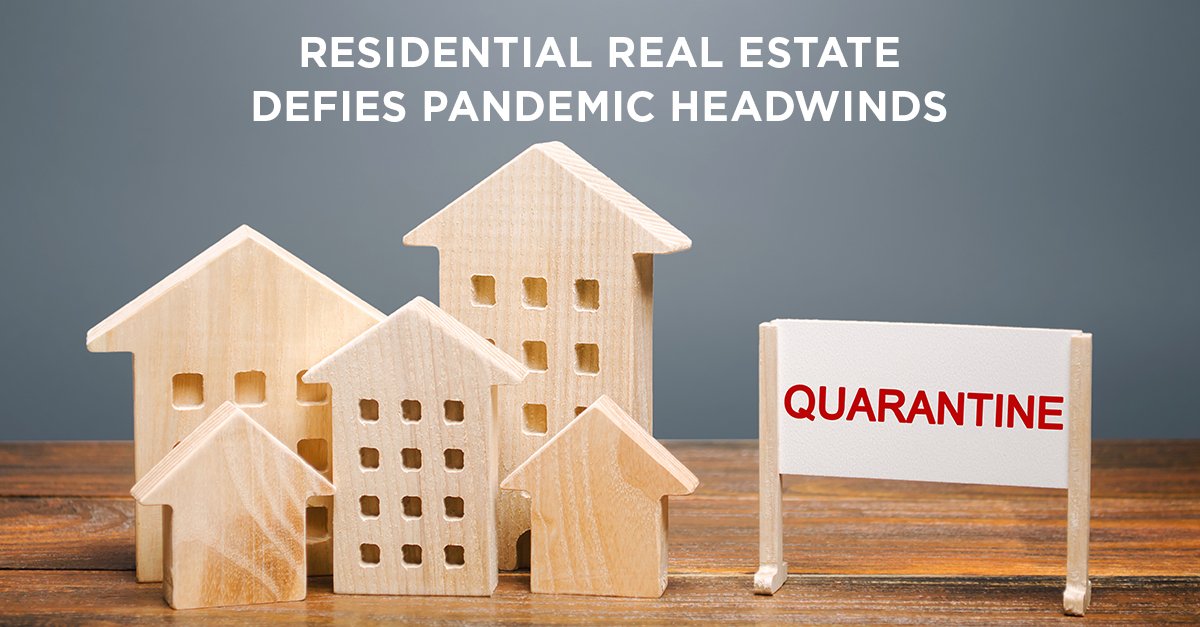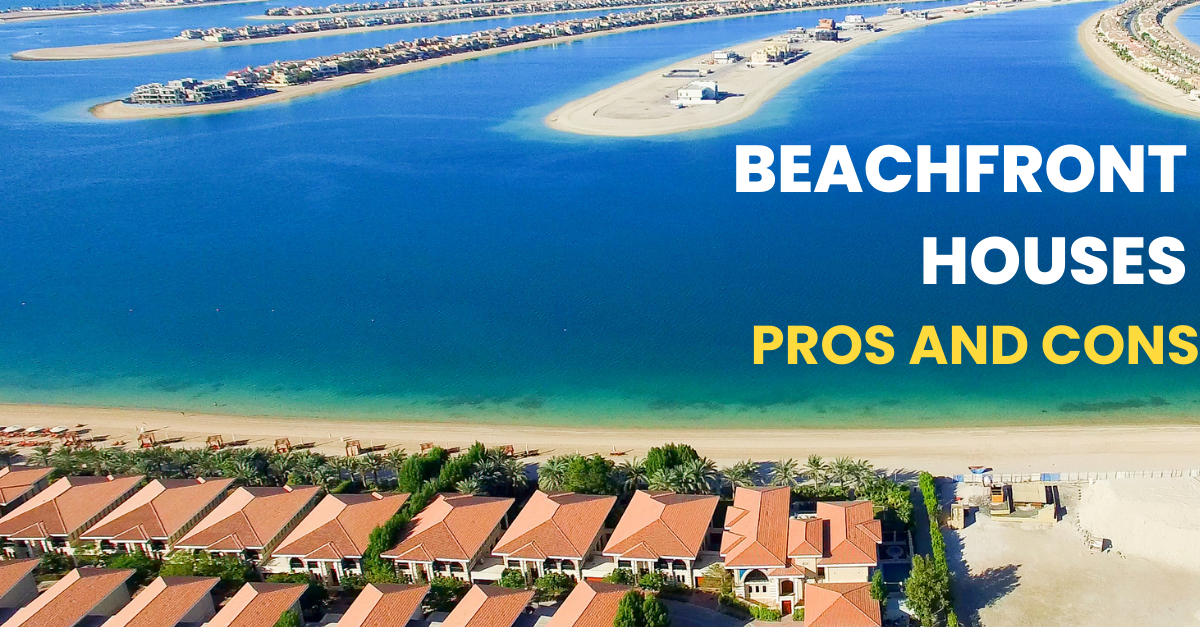Residential real estate defies pandemic headwinds
A French court recently ruled that the COVID-19 pandemic is a ‘Force Majeure’(1). The same court, which was reluctant to designate epidemics such as Chikungunya and Ebola under the same category in the past, provided a lawful excuse to non-performance of a real estate contract, provided certain criterion are met.
Such unprecedented measures are not uncommon around the world, at the moment. The real estate sector, as a whole, is facing pandemic-induced adversity. Of course, the cascading effect, in both the short and long term, will be unique from region to region. However, unlike the Recession of 2008 and other previous disruptions, the impact of COVID-19 is also non-uniform across the submarkets. There is a stark contrast between residential and commercial real estate, in terms of activity and buyer sentiment.
Commercial crisis
Growth in the sharing economy was impacting commercial real estate at every turn, before the pandemic struck. Flexible and remote working was gaining traction, leading to scaling down of floor space and uptake in service-led, experience-driven workplaces. Post the COVID-19 pandemic, remote working is expected to become a permanent feature of corporate culture(2) according to KPMG. As a testament to this trend, global organizations such as Twitter and Slack have announced permanent work-from-home policies.
CRE investments are expected to remain low for the foreseeable future, but activity can be expected in the post-pandemic scenario, especially in the primary market. In the short to medium term, however, organizations with sustainable operations, requiring office work, may not give up on existing space due to social-distancing requirements. Considering the average rental yield of CRE is considerably higher than residential property, investors could capitalize on the current low prices. In any case, as things stand, the CRE space is riddled with ambiguities and challenges. In Dubai, experts are predicting a churn, with tenants seeking new commercial spaces that offer quality at competitive prices. This is to say, one can expect more relocations rather than changes in floor space, mostly at the expense of the secondary market.
Resilience in residential market
One notable characteristic of this pandemic is that it paved the way for worldwide lockdown and shelter-in-place measures, leading to increased load on the residential stock. Although sales nosedived to record lows, this period led to changes in buyer sentiment, which is currently helping the market sustain a level of activity.
In a promising global survey by Savills(3), 78% of respondents said that most of the buyers in their regions are still looking for a new property, while the majority of vendors across 90% of markets surveyed are still planning to sell their properties. These findings are more consequential in markets where restrictions are being lifted and economic activity is resuming gradually.
Furthermore, 78% of respondents stated that buyers are expecting lower prices while, conversely, the majority of vendors are expecting prices to remain the same. This mismatch could lead to subdued activity in the short term, but lingering buyer interest could lead to price corrections sooner than later, leading to sales. Although the sentiment is generally upbeat in the residential segment, post-lockdown expectations vary across markets.
Emerging trends
Having undergone a longer lockdown than most, Chinese markets are reporting a return to pre-pandemic level of activity, merely two months after reopening. At the same time, residents in urban centers like Sydney, Rome and Monaco are looking to upsize their homes. Such markets are also reporting expectations of lower prices from both vendors and buyers, which is conducive to quicker resumption of transaction activity. Prime markets such as Lisbon, Vienna and Shanghai could witness price growth throughout the remainder of 2020 in the face of the pandemic, according to Knight Frank(4).
Dubai, for its part, has witnessed challenges similar to ones faced by other competitive markets. However, unlike most, there are unique takeaways on the residential front, especially when viewed from a global context: prices are softening, supply is in check and the market belongs to buyers. In fact, despite the disruption, around 5,000 residential units were handed over(5) in Dubai in Q1, 2020. As pandemic impact dampens, restrictions are eased and supply chain issues are resolved, sustained demand is expected, in the run up to the rescheduled Expo, particularly in the affordable segment. Off-plan properties, often accompanied by additional discounts and incentives like post-handover payment plans, could be particularly attractive to buyers.
That said, the real shot-in-the-arm for the Dubai residential market has been Central Bank initiatives, as part of the larger economic stimulus package. Be it the 5% increase in LTV ratio for first-time buyers or 50-basis point reduction in the benchmark interest rate, such actions are strong indications of the government’s steadfast resolve to prioritize the real estate sector. Since Dubai’s real estate revolution is closely tied to its burgeoning hospitality industry and tourism, the post-pandemic market could entice a new wave of global investors, concurrent to the rescheduled Expo. Except this time, investors could view Dubai’s residential market in a relatively stronger position, as a safe haven bearing the promise of reliability, resilience and returns.
- https://www.pinsentmasons.com/out-law/guides/coronavirus-french-real-estate
- https://home.kpmg/ae/en/home/insights/2020/07/post-pandemic-plans-for-concrete-recovery.html
- https://www.savills.com/research_articles/255800/301094-0
- https://www.knightfrank.co.uk/research/article/2020-05-05-what-impact-will-covid19-have-on-prime-residential-markets-globally
- https://gulfnews.com/your-money/saving-investment/after-covid-19-uae-property-market-is-expected-to-recover-in-phases—-time-now-to-buy-a-home-1.1588082194479




